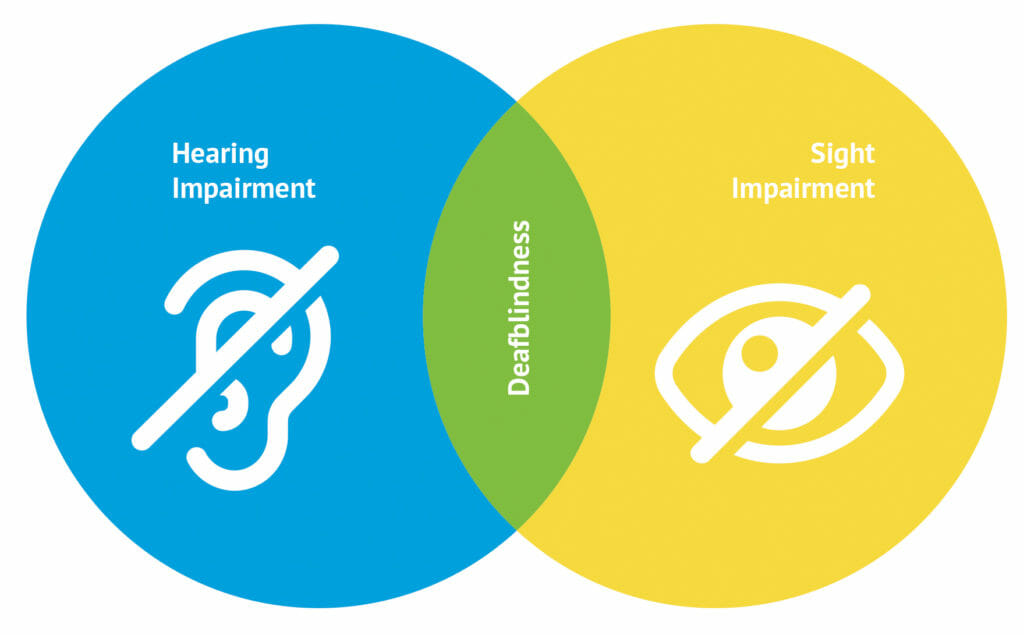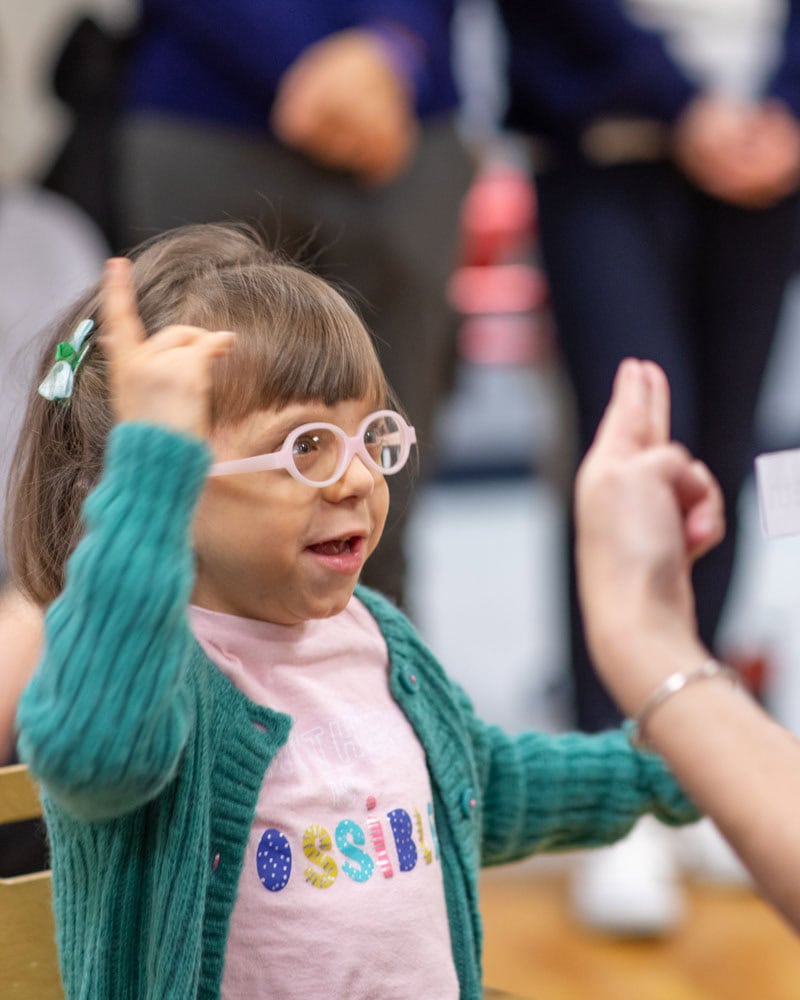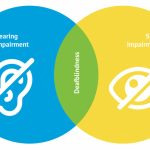Improving Sleep Quality in Individuals with Visual Disabilities: Strategies and Solutions
Sleep is a vital aspect of our overall well-being, playing a crucial role in maintaining our physical and mental health. However, individuals with visual impairment often face unique challenges when it comes to getting a good night’s sleep. The absence or limited perception of light can disrupt their circadian rhythm, making it harder to establish a regular sleep-wake cycle. Even though melatonin supplementation has proven beneficial for some in enhancing sleep quality, its efficacy can vary widely among individuals. It is important to recognize that melatonin may not always be the sole solution for optimizing sleep. Therefore, it is important to address the specific sleep needs of people with visual impairment and provide them with appropriate strategies and support to ensure they can enjoy the benefits of a restful sleep.
What is the circadian rhythm and how does it
get affected in individuals with visual impairment?
The circadian rhythm, often referred to as the “internal body clock,” plays a crucial role in regulating various biological processes within our bodies. One of its primary functions is controlling hormone production and sleep patterns. This intricate system is reset every day, aligning itself with natural environmental cues, particularly the rising and setting of the sun.
To achieve this synchronization, photoreceptors located in the retina of our eyes play a vital role. These specialized cells receive the light cues from our surroundings and transmit this information to the brain, allowing it to determine the approximate time of day. This process repeats in a cycle that closely resembles a 24-hour period. For individuals without visual impairments, this daily synchronization is often taken for granted.
However, individuals with severe visual impairment face challenges in perceiving light, which directly affects their ability to receive these crucial light cues. Even those with milder vision loss may encounter difficulties with their circadian rhythms. As a result, hormones may be released at inappropriate times, leading to inconsistent sleep patterns. This disruption can cause periods of healthy sleep to be interspersed with episodes of poor sleep during the night, accompanied by an increased inclination to sleep during the day.
How can the circadian cycle be developed without light perception?
Establishing a circadian cycle in people lacking light perception is typically addressed through structured routines that signal to the brain whether it’s time to be awake, with lower levels of melatonin, or to prepare for sleep, with increased melatonin. Many children with visual impairments don’t have equal opportunities for physical activity every day, which can have a direct impact on their sleep quality. This limited engagement in active pursuits blurs the boundaries between being active and resting, making it particularly difficult for them to maintain a consistent sleep schedule. The lack of physical activity not only affects their overall health but also exacerbates sleep issues. It is imperative to emphasize the crucial role of physical activity in the lives of children with visual impairment. Providing opportunities for them to engage in active play and exploration is essential not only for their physical well-being but also for establishing healthy sleep patterns.
Prioritizing physical activity among children with visual impairments is crucial for addressing sleeping challenges. By actively engaging them in physical pursuits throughout the day, we aim to instill healthy sleep patterns. Activities are structured to be brief yet impactful, allowing for repetition and gradual empowerment through communication strategies. Recognizing children’s innate inclination to move and play, we emphasize the importance of maintaining a busy schedule of activities to support the teaching of circadian rhythms effectively. Τhis approach encourages movement and active participation, fostering an environment conducive to the development of healthy sleep habits.
Bedtime routine
Crafting a consistent sleep routine entails more than simply adhering to a strict bedtime. While it is encouraged to hit the pillow at the same time every night, maintaining a consistent sequence of activities before bed is key. For some parents, syncing their routine with a bedtime story or a radio program schedule can serve as a helpful signal to begin preparing their child for bed.
The specific steps of a bedtime routine vary from child to child, but consistency is key to a good night’s sleep.
Here are some recommended steps to consider:
Engage in quiet activities leading up to bedtime.
Incorporate sensory integration activities like a warm shower or time spent in a rocking chair together. It’s essential to tailor these sensory experiences to your child’s preferences.
Engage in a shared activity with your child to kick off the nighttime routine. This could involve reading a book, playing a game, or simply spending quality time together.
By following these steps consistently, you can help create a calming and predictable bedtime routine for your child.







